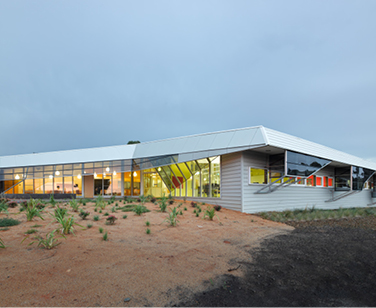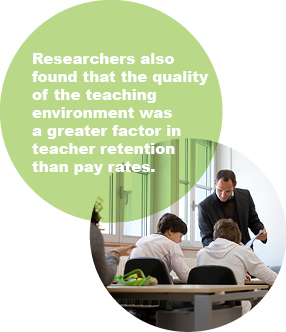Why own a green school?

![]()
The benefits of building green schools
The benefits of green buildings continue to stack up. The benefits of green schools, universities and other teaching facilities include:
> A better place to teach
> Attractive to students
> Environmental impacts
A more productive place to learnStudents that attend schools with healthy air to breathe and conditions that encourage learning are happier, healthier and perform better academically. |
|
|
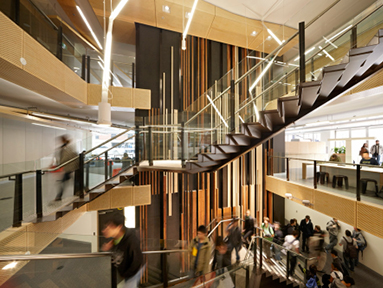 |
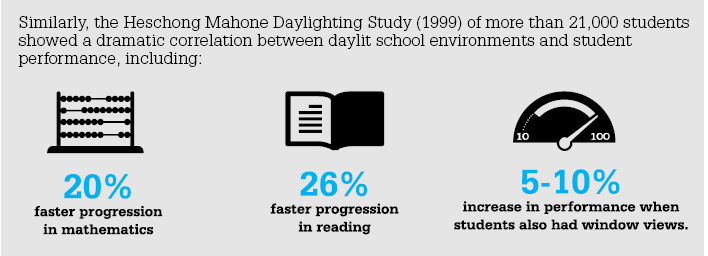
Our staff and students are finding it a wonderful place to work and learn. It’s proof that achieving our sustainability targets has also improved learning conditions. |
 |
|
Dr Peter Whitley, Gipps TAFE’s Chief Executive Officer |
|
|
At GippsTAFE Leongatha in Victoria ventilation rates have been improved to boost concentration, health and comfort for staff and students. Case study on GippsTAFE Leongatha coming soon. |
|
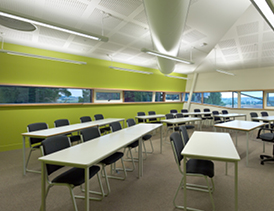 |
|
![]()
A better place to teachTeachers spend up to 90 per cent of their day indoors, so they benefit from buildings with natural daylight, fresh air and access to views. The Impact of School Buildings on Student Health and Performance (2012) outlined a range of studies that found teacher quality and retention can be influenced by the school environment.
|
|
|
The Australian Institute of Management (AIM) wanted its Green Star-rated Katitjin Centre in Perth to capture the hearts and minds of its highly influential state and national decision-makers. TheKatitjin Centrewill allow them to see, touch, feel and operate in a world-leading Green Star-rated building. Read a case study on AIM’s Katitjin Centre. |
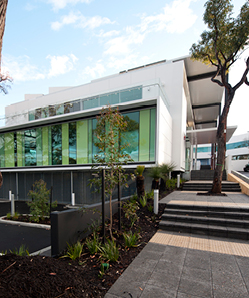 |
 |
The Australian Institute of Management (AIM) provide a tangible experience that will equip our clients with the knowledge, enthusiasm and confidence that green buildings are possible, practical and can deliver real benefits to users.Patrick Cullen, AIM’s Chief Executive Officer |
 |

Contact:
Rachael McGinley
Senior Manager - Strategy & Development
Green Building Council of Australia
Phone: 02 8239 6291
Email: rachael.mcginley@gbca.org.au
In this section
- Why design or build a green commercial building?
- Why design or build a green residential building?
- Why design or build a green school?
- Why design or build a green hospital?
- Why design or build a green public building?
- Why own a green commercial building?
- Why own a green residential building?
- Why own a green school?
- Why own a green hospital?
- Why own a green public building?

